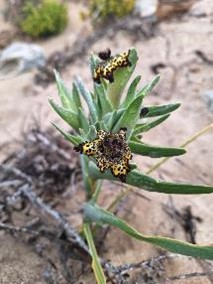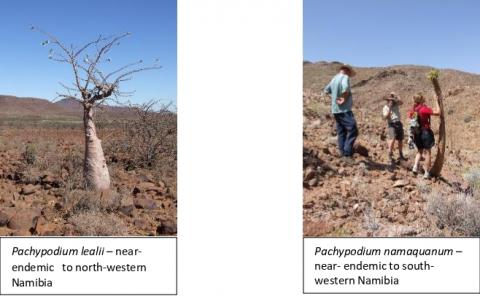The Near-Endemic Plants Project is still looking for photos of species on this list for which we have none at all.
For those of you interested in submitting photos to the Indigenous Plant Atlas on the EIS for the Near-Endemic Plants Project competition, you will earn extra points for photos of the above species. But photos of any species are still welcome, although only near-endemic species are counted for the competition.
If anybody wants to make available their photos of near-endemic (all, not just those on the list), endemic or any other plants for adding to the Plant Information System on the EIS but does not want to go via the Indigenous Plant Atlas – you are welcome to contact us at [email protected]
You will, however, not be considered for the competition.








